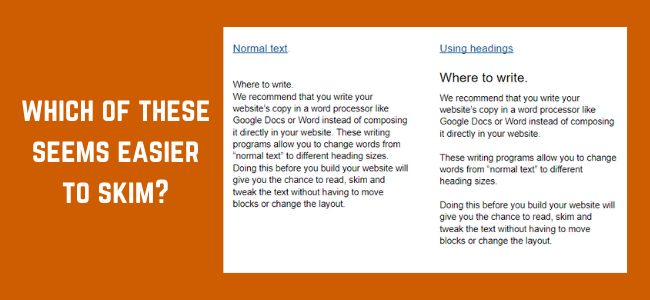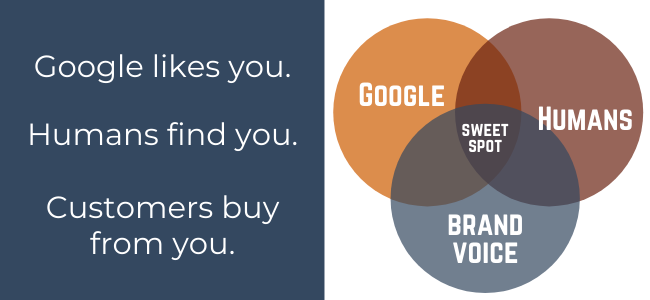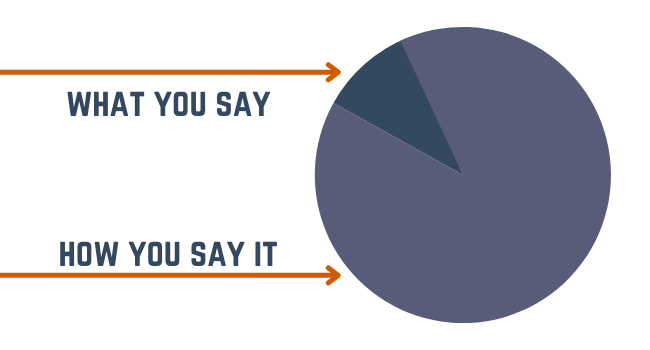Welcome back to Part 4 of the WebWiskee Success Series. When it comes to writing you copy for your website, it’s so important to know WHO you’re writing for. We provided some helpful exercises to help you determine the who for your business in Parts 1 – 3.
Now that you know who you’re writing for, let’s talk about HOW to write it.
There are two main reasons to have great words on your website. Google can find you, making it easy for ideal customers to find your business. Your ideal customer will recognize you as the perfect solution to their problem.
Where To Write
We recommend that you write your website’s copy in a word processor like Google Docs or Word instead of composing it directly in your website.
These writing programs allow you to change words from “normal text” to different heading sizes.
Here’s a side by side example from this very blog post.

Doing this before you build your website will give you the chance to read, skim and tweak the text without having to move blocks or change the layout within the website itself.

What Are Your Customers Searching For?
The Most Important step when creating a website is to decide upon the CTA.
The Call To Action is SO important that we have designed all WebWiskee layouts based upon what you want visitors to DO! Beautiful design is important, but not at the expense of helping you make SALES.
We believe a great website should both look great AND build your business.
Your copy and your layout should help steer them in the right direction. This is all a part of your Customer Journey, which we will talk about in an upcoming post.
So think about what you want to have happen. What’s the goal? Once they land on your website, what do you want visitors to do? For instance, do you want them to buy now, schedule a call, or sign up for your newsletter?
WHY DOES IT MATTER? A website first needs a purpose. You are the guide, and telling your audience what to do next will help lead them to sales.

Writing Style
Website language can be playful, conversational, or formal. The key is to choose a tone that matches your business style. Remember the exercise in a previous email where you outlined what makes you special?
How you conduct business should match how you speak to your customers.
The best website writing falls right in the sweet spot! Writing for GOOGLE with lots of rich keywords, writing for HUMANS who might buy your product, and writing with your BRAND VOICE, so that the personality of your company is super clear (stay tuned for more on branding later…)

Speak to the audience based on their pain points. If your ideal customer is searching for top notch financial advisors, it’s probably not a good idea to use a playful, casual tone in your writing. They want confidence and professionalism, because they’re about to trust you with their money.
If you sell jewelry, the words and tone you use to speak to your individual customers buying a necklace might be different than how you speak to wholesalers at a national clothing chain looking to buy 100,000 necklaces.
WHY DOES IT MATTER? Knowing the best tone for writing to each target client is the key to great sales.

Some Writing Tips For All Writing Styles
- Find Proofreaders. Nothing turns people off like bad grammar and spelling mistakes.
- Use everyday language. This is not the place to flex your big vocabulary.
- Don’t overwrite. No one wants to slog through miles of words. Try using fewer, more strategic words to say the same thing.
- Always be clear. This is not the time to be cute or sarcastic.
Remember, it’s not just your words, it is how your ideal customer and target audience perceives those words.

We hope these exercises prove helpful as you prepare for your website build. Our next post in the WebWiskee Success Series, will talk about headings and writing with keywords.
The WebWiskee Success Series
WebWiskee Success Series Part 1 – Targeting Your Ideal Customer
WebWiskee Success Series Part 2 – Your Business’s Super Power
WebWiskee Success Series Part 3 – Keywords: The Key To A Successful Website
WebWiskee Success Series Part 4 – How To Write Your Website Copy
WebWiskee Success Series Part 5 – How To Craft Your Customer Journey
WebWiskee Success Series Part 6 – How To Write Your Story
WebWiskee Success Series Part 7 – How to Choose your Website’s Color Palette and Photos
WebWiskee Success Series Part 8 – How To Optimize Your Photos For SEO and Accessibility
WebWiskee Success Series Part 9 – How To Develop Your Website’s Sitemap



